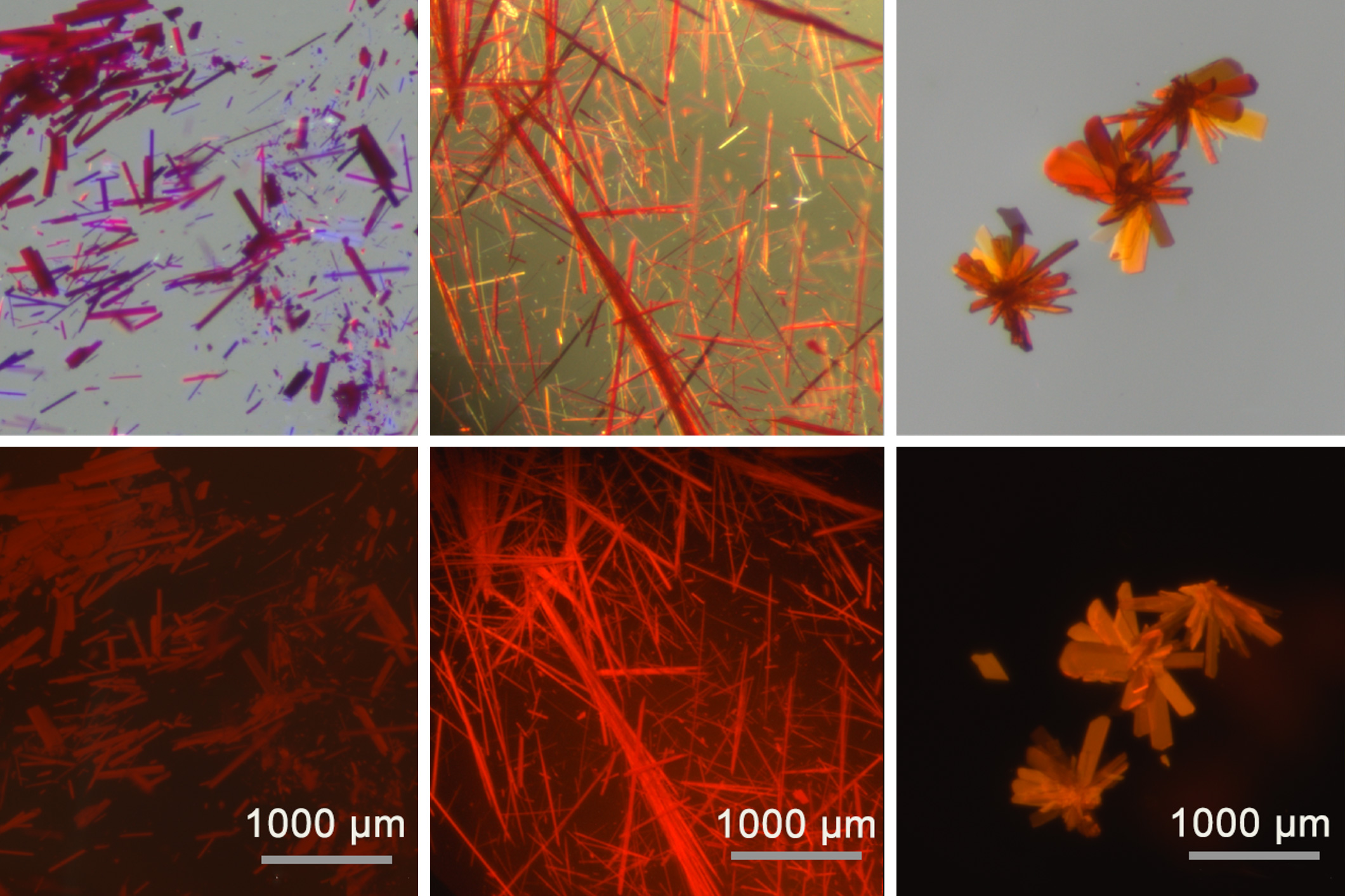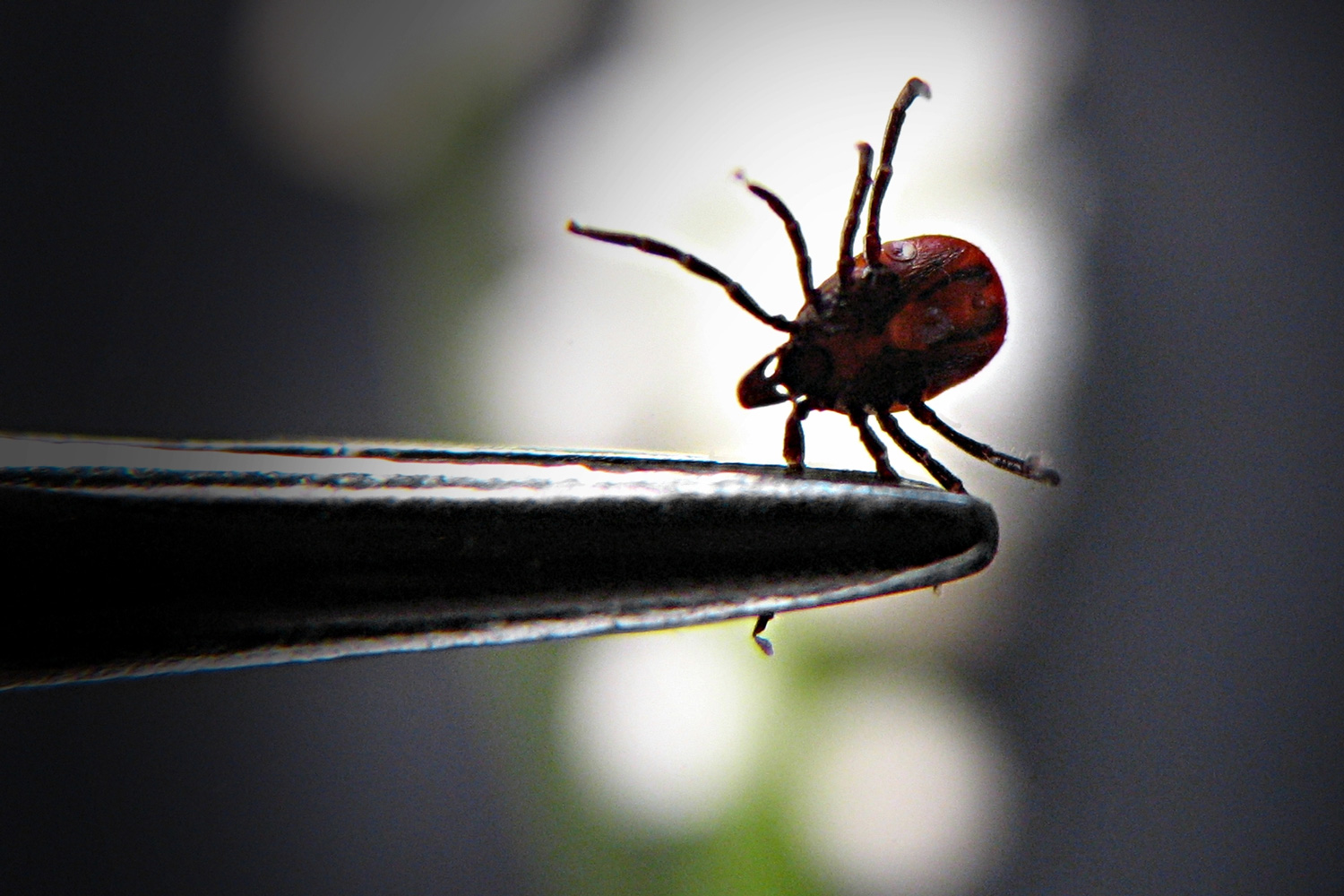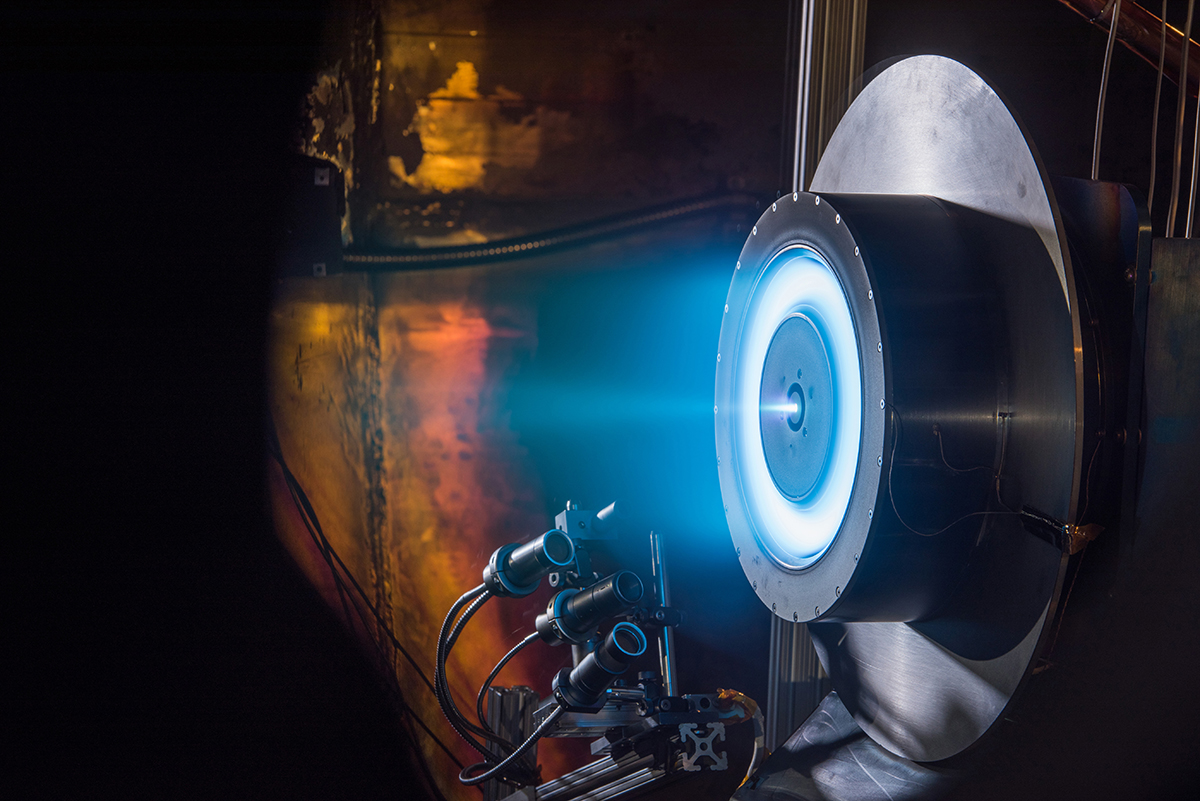
MIT chemists have designed a new type of fluorescent molecule that they hope could be used for applications such as generating clearer images of tumors.
The new dye is based on a borenium ion — a positively charged form of boron that can emit light in the red to near-infrared range. Until recently, these ions have been too unstable to be used for imaging or other biomedical applications.
In a study appearing today in Nature Chemistry, the researchers showed that they could stabilize borenium ions by attaching them to a ligand. This approach allowed them to create borenium-containing films, powders, and crystals, all of which emit and absorb light in the red and near-infrared range.
That is important because near-IR light is easier to see when imaging structures deep within tissues, which could allow for clearer images of tumors and other structures in the body.
“One of the reasons why we focus on red to near-IR is because those types of dyes penetrate the body and tissue much better than light in the UV and visible range. Stability and brightness of those red dyes are the challenges that we tried to overcome in this study,” says Robert Gilliard, the Novartis Professor of Chemistry at MIT and the senior author of the study.
MIT research scientist Chun-Lin Deng is the lead author of the paper. Other authors include Bi Youan (Eric) Tra PhD ’25, former visiting graduate student Xibao Zhang, and graduate student Chonghe Zhang.
Stabilized borenium
Most fluorescent imaging relies on dyes that emit blue or green light. Those imaging agents work well in cells, but they are not as useful in tissue because low levels of blue and green fluorescence produced by the body interfere with the signal. Blue and green light also scatters in tissue, limiting how deeply it can penetrate.
Imaging agents that emit red fluorescence can produce clearer images, but most red dyes are inherently unstable and don’t produce a bright signal, because of their low quantum yields (the ratio of fluorescent photons emitted per photon of light is absorbed). For many red dyes, the quantum yield is only about 1 percent.
Among the molecules that can emit near-infrared light are borenium cations —positively charged ions containing an atom of boron attached to three other atoms.
When these molecules were first discovered in the mid-1980s, they were considered “laboratory curiosities,” Gilliard says. These molecules were so unstable that they had to be handled in a sealed container called a glovebox to protect them from exposure to air, which can lead them to break down.
Later, chemists realized they could make these ions more stable by attaching them to molecules called ligands. Working with these more stable ions, Gillliard’s lab discovered in 2019 that they had some unusual properties: Namely, they could respond to changes in temperature by emitting different colors of light.
However, at that point, “there was a substantial problem in that they were still too reactive to be handled in open air,” Gilliard says.
His lab began working on new ways to further stabilize them using ligands known as carbodicarbenes (CDCs), which they reported in a 2022 study. Due to this stabilization, the compounds can now be studied and handled without using a glovebox. They are also resistant to being broken down by light, unlike many previous borenium-based compounds.
In the new study, Gilliard began experimenting with the anions (negatively charged ions) that are a part of the CDC-borenium compounds. Interactions between these anions and the borenium cation generate a phenomenon known as exciton coupling, the researchers discovered. This coupling, they found, shifted the molecules’ emission and absorption properties toward the infrared end of the color spectrum. These molecules also generated a high quantum yield, allowing them to shine more brightly.
“Not only are we in the correct region, but the efficiency of the molecules is also very suitable,” Gilliard says. “We’re up to percentages in the thirties for the quantum yields in the red region, which is considered to be high for that region of the electromagnetic spectrum.”
Potential applications
The researchers also showed that they could convert their borenium-containing compounds into several different states, including solid crystals, films, powders, and colloidal suspensions.
For biomedical imaging, Gilliard envisions that these borenium-containing materials could be encapsulated in polymers, allowing them to be injected into the body to use as an imaging dye. As a first step, his lab plans to work with researchers in the chemistry department at MIT and at the Broad Institute of MIT and Harvard to explore the potential of imaging these materials within cells.
Because of their temperature responsiveness, these materials could also be deployed as temperature sensors, for example, to monitor whether drugs or vaccines have been exposed to temperatures that are too high or low during shipping.
“For any type of application where temperature tracking is important, these types of ‘molecular thermometers’ can be very useful,” Gilliard says.
If incorporated into thin films, these molecules could also be useful as organic light-emitting diodes (OLEDs), particularly in new types of materials such as flexible screens, Gilliard says.
“The very high quantum yields achieved in the near-IR, combined with the excellent environmental stability, make this class of compounds extremely interesting for biological applications,” says Frieder Jaekle, a professor of chemistry at Rutgers University, who was not involved in the study. “Besides the obvious utility in bioimaging, the strong and tunable near-IR emission also makes these new fluorophores very appealing as smart materials for anticounterfeiting, sensors, switches, and advanced optoelectronic devices.”
In addition to exploring possible applications for these dyes, the researchers are now working on extending their color emission further into the near-infrared region, which they hope to achieve by incorporating additional boron atoms. Those extra boron atoms could make the molecules less stable, so the researchers are also working on new types of carbodicarbenes to help stabilize them.
The research was funded by the Arnold and Mabel Beckman Foundation and the National Institutes of Health.


















